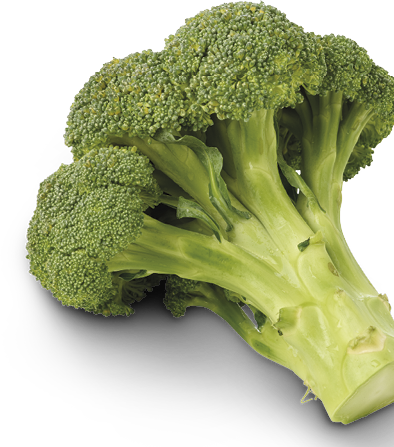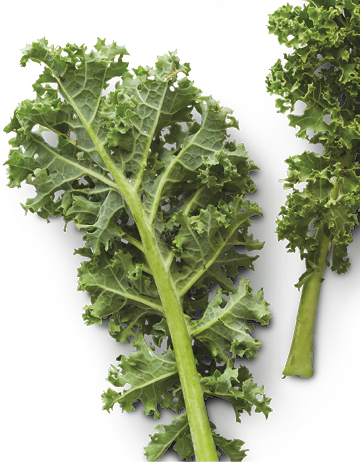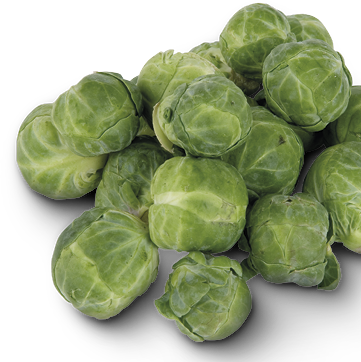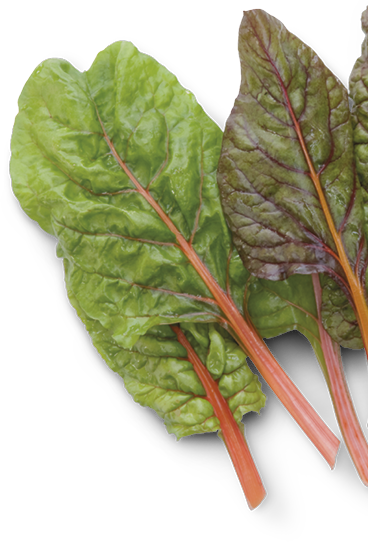-SUPERGROUP-
LEAFY GREEN VEGETABLES
People who live long lives need no encouragement to “eat their greens”. Vegetables such as broccoli, kale, and spinach are packed with nutrients and help protect against heart disease and cancer.
These commonly eaten leafy greens provide a spectrum of nutrients.
Broccoli
- is a great all-rounder, providing vitamins C and E, as well as lutein and zeaxanthin.
Spinach
- is very rich in blood pressure-lowering potassium.
Kale
- helps to strengthen bones and teeth as it is high in calcium and vitamin K.
Brussels sprouts
- are particularly high in cancer-fighting glucosinolates.
Swiss chard
- is one of the best sources of lutein and zeaxanthin, both vital for good eye health.
Eat three to four servings a week.
Buy either fresh or frozen. Don’t buy fresh pre-prepared vegetables as they start losing vitamin C once cut.
Keep fresh or frozen veg in suitable containers in the fridge or freezer.
Eat raw or steam or stir-fry quickly to preserve nutrients. Eat the dark, outer leaves as they are rich in nutrients.
Good eye health
Many of the antioxidants typically found in leafy greens – vitamins C and E, beta-carotene, lutein, and zeaxanthin – help to slow the progression of eye conditions such as age-related macular degeneration, cataracts, and glaucoma. In one study, women who ate more than one serving of kale (or collard greens) a week were 57 per cent less likely to have glaucoma than those who ate them no more than once a month.
 29%
29%
reduced risk of age-related macular degeneration from eating at least one serving of cooked spinach a week.
Memory booster
One study of adults with an average age of 81 years found those who ate one to two daily servings of green leafy vegetables had the cognitive function of a person 11 years younger compared with those who avoided them, probably due to the folate, beta-carotene, and vitamin K.
Ultimate health promoters
Cruciferous vegetables or brassicas, such as broccoli, Brussels sprouts, and kale, and leaves such as spinach, Swiss chard, and lettuce are powerhouses of health-protecting nutrients (see below for the diverse array of body-wide benefits). Unsurprisingly, a large Chinese study found adults who ate the most cruciferous vegetables had a 22 per cent reduced risk of dying from any medical cause.
Heart health
Leafy greens contribute to a healthy heart in a number of ways. They contain potassium, which lowers high blood pressure; fibre, which keeps cholesterol in check; and folate, which protects against heart disease and stroke. Their extensive range of antioxidants can also protect against free-radical damage, a key contributor for atherosclerosis.
Cancer prevention
Studies confirm that higher intakes of cruciferous vegetables are linked to a lower risk of many cancers, including those in the bladder, breast, bowel, stomach, lungs, ovaries, pancreas, prostate, and kidneys. These green vegetables are rich in unique compounds called glucosinolates, which break down to form cancer-busting compounds, and are packed with cancer-fighting flavonoids and carotenoids.
 18% reduction in the risk of bowel cancer for people eating the most cruciferous vegetables.
18% reduction in the risk of bowel cancer for people eating the most cruciferous vegetables.










